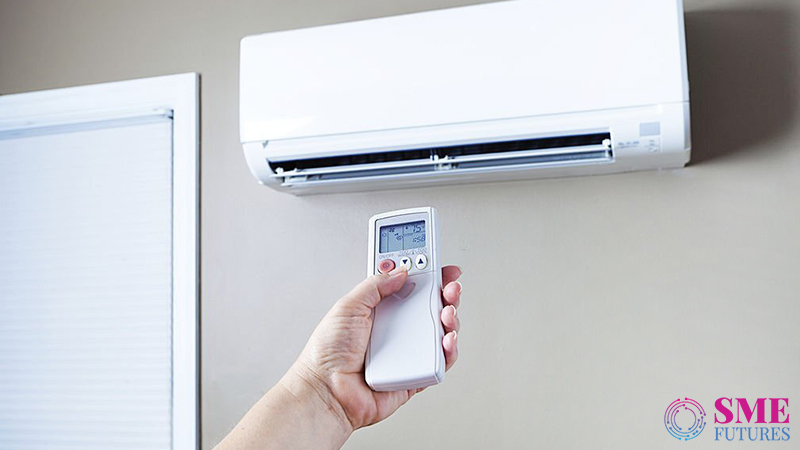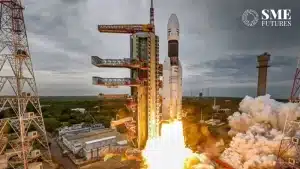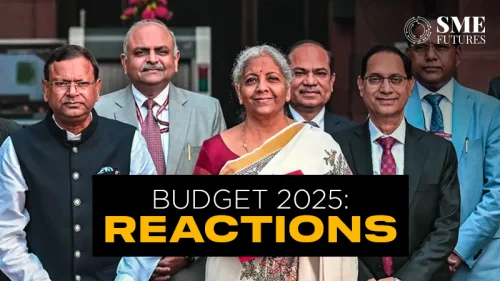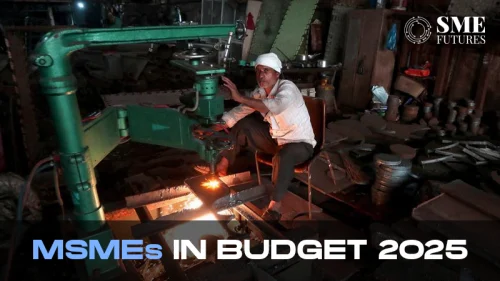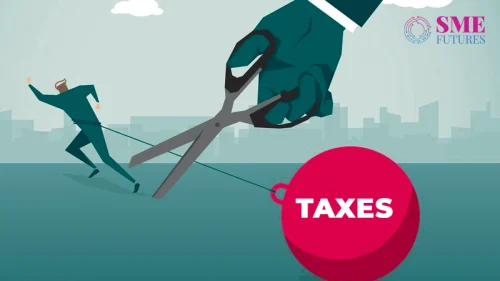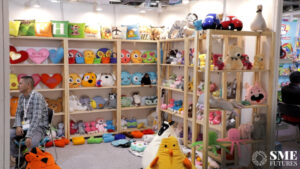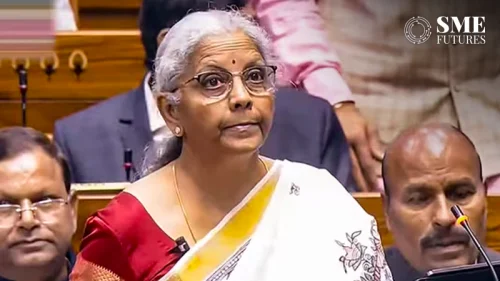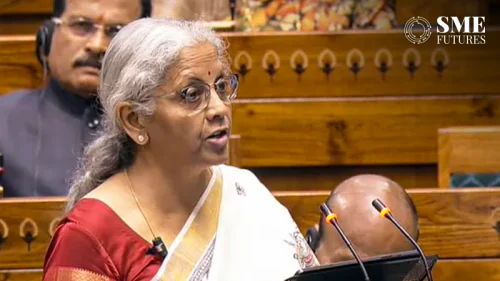The prices of residential air conditioners may go up by around 5 per cent as the AC industry faces soaring input costs even though the makers are looking for double-digit growth this year with the early onset of summer spurring demand. Buoyed by the recent prediction by the India Meteorological Department (IMD) about the summer temperature to stay “above normal” in April and May, leading AC makers, including Voltas, Hitachi, LG, Panasonic, and Godrej Appliances are expecting pent-up demand of the last two seasons that saw market disruptions due to COVID-19 pandemic.
Some of them are expecting a greater demand this season, which might also lead to a shortage of units, putting them under pressure to meet the increased requirement for ACs and other cooling products.
The industry has gone for a price hike last quarter to mitigate the impact of soaring prices of components, metals especially copper and aluminium and rising crude oil after the Russia-Ukraine conflict. Companies are also luring the customers with offers and easy EMI schemes to make their purchases convenient.
Tata group firm Voltas is expecting the residential AC industry to grow in terms of both volume and value this summer.
“The industry has already been subject to multiple double-digit price hikes during the fiscal of 2021-22. However, at Voltas, given our consumer-centric philosophy, we made sure that these hikes do not deter consumers from buying cooling products this summer, and hence have introduced various consumer offers and easy EMI options to make purchases convenient for our customers,” Voltas Managing Director & CEO Pradeep Bakshi told PTI.
The Consumer Electronics and Appliances Manufacturers Association (CEAMA) expects this peak season to contribute 35 to 40 per cent of the total annual sales. However, it also cautions about a price hike.
“Prices have been erratic over the past few years, and the pandemic made the situation worse. In the past 18 months, the consumer appliance/durable sector has seen an increase of up to 15 per cent in prices. The industry is reeling under constant pressure due to a surge in commodity inflation and raw material cost.
“Nonetheless, the price rise will not impact consumers on an immediate basis because the production of inventory is already planned till March-April 2022. We can expect further price rise from May due to rise in prices of raw material, crude oil, freight cost etc,” said CEAMA President Eric Braganza.
Johnson Controls-Hitachi Air Conditioning India which sells residential AC under the Hitachi brand said work-from-home culture is driving the growth of the industry, while the pent-up demand might also lead to a shortage of air conditioners this season.
One of the biggest challenges for manufacturers is to further hike the price without affecting this huge consumer demand, said Johnson Controls-Hitachi Air Conditioning India Chairman and Managing Director Gurmeet Singh.
“At Johnson Controls-Hitachi Air conditioning India Ltd, so far we are doing our best to absorb the pressure forced by varied market conditions and unfavourable global circumstances to give some relief to consumers on the price end. However, the way things are progressing on the commodity and other fronts, we have to take up prices by another 3-4 per cent by April,” he said.
For example, a 3-star inverter split air conditioner which used to retail at Rs 33,500 till last year has reached Rs 36,5000 to RS 37,000.
“The promotions, which were being offered along with the ACs till last year, have also been taken to a much lower level this year. This is directly related to the affordability of the manufacturers this year,” said Singh.
Over the price hike, Godrej Appliances Business Head and Executive Vice President Kamal Nandi said his company will wait and watch the situation.
“With last two summers being affected by lockdown and many consumers postponing purchases so far, the rising summer temperature and the hybrid working model being adopted by many companies is expected to support the demand even amidst the price increase,” he said.
Panasonic India Business Head, Air Conditioners Group, Gaurav Sah said there is a huge demand for energy-saving inverter ACs, and the company expects robust sales from all regions.
“Meanwhile, we are hoping to see a double-digit growth from the AC industry in this summer,” he said.
However, Sah also added: “In line with the market and increasing commodity prices, we had to increase the price of our air conditioners by around 6-8 per cent. We are carefully evaluating the input cost changes before we decide on another price hike.”
According to Nandi, the Indian Heating, Ventilation and Air Conditioning (HVAC) industry is sized at Rs 18,000-20,000 crore.
“Air conditioner is one of the lowest penetrated product categories in India with only 5% penetration. With harsh summers and a need for comfort in every home/non-residential unit, AC has become a necessity. Consumers will increasingly look at solutions to beat the monsoon-led oppressive humidity as well,” he said.
LG Electronics India VP, Home Appliances & Air Conditioners, Deepak Bansal said, with rising temperature, he foresees good traction in air conditioners business and expects this demand to surge in Q2 of this calendar year.
“This robust growth is due to strong product portfolio based on Indian insights equipped with stylish design and smart features, which focuses on consumers’ comfort, health, energy efficiency and core performance of product based on technology leadership,” he said.
According to CEAMA President Braganza, the Indian residential AC market is expected to be around 7 to 7.5 million units with more than 15 companies operating in the space.
The segment is still highly dependent on imports with an average of 25 per cent local value addition only. The government had last year approved 26 applications for manufacturing of components of the air conditioner with a committed investment of Rs 3,898 crore under the production linked incentive scheme.

